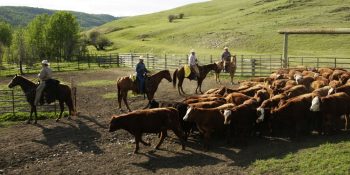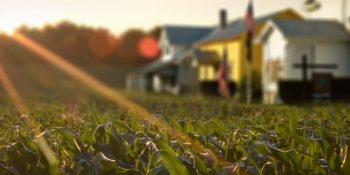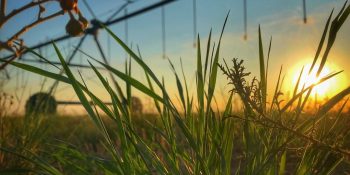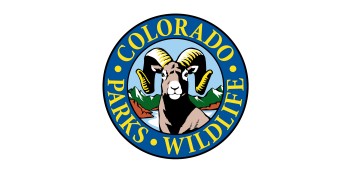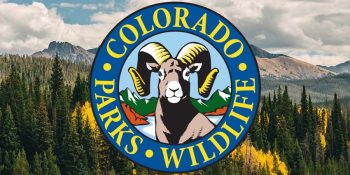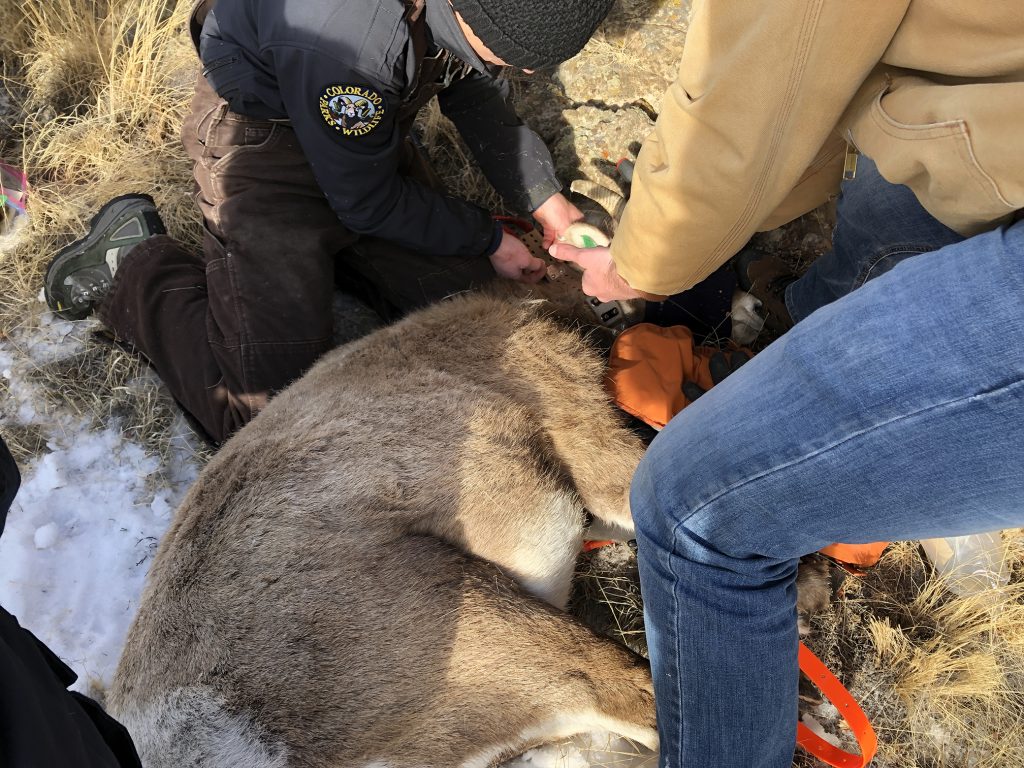DENVER – Colorado Parks and Wildlife’s on-line hunting license application site is open around-the-clock and hunters are urged not to wait until the last minute to apply for 2020 big-game licenses. Deadline to apply is April 7 at 8 p.m.
“When a high volume of people hit the site on the last day, that can cause system slowdowns and we want to ensure you have the ability to put in for the license you want,” said Rebecca Ferrell, public information and website manager for Colorado Parks and Wildlife. “There’s no reason to wait until the last minute – get online now, spend some quality time with our videos, harvest data and other resources, and be sure your account is set up correctly.”
To apply for a limited big game license, go to cpwshop.com sign in to your account and then click on the “Go Hunting and Fishing” tab in the menu bar at the top of the page. The system is set up to guide hunters easily through the well-defined steps. Hunters must be sure to have their CID number and a valid credit card before beginning the process.

Please review the big game section of the CPW site for background information on Colorado’s hunting seasons and how to apply. The web pages include harvest statistics from the 2019 seasons for all big-game species, seasons and units.
You can also call CPW’s hunt planners at 303-297-1192 if you have questions. Please note that call-wait times may be lengthy as our staff is complying with current stay-at-home orders.
Although all CPW offices are closed to the public because of the coronavirus pandemic, staff members are available to answer questions. Phone numbers and contact information are posted at all CPW offices for direct staff assistance.
Hunters are also reminded that they are required to purchase a “qualifying license” before submitting an application. You’ll be prompted to make that purchase as you start the application process.
For first-time hunters who have not completed a hunter education class, an apprentice certificate is available to those who are able to hunt with a mentor. Those who hunted last year with an apprentice license can obtain a second certificate. But previous year’s apprentice certificates will not be renewed automatically; you need to go to cpwshop.com and add a new profile before applying for a limited license.
“Everything you need to apply is at your fingertips,” Ferrell said. “So please get your application in now and get ready for the fall hunting season.”
SPREAD THE NEWS
COMMENT, Like, Follow & SHARE @I70Scout
CURRENT EDITION
WEATHER & TRAFFIC PUZZLES RECENT NEWS ADVERTISE WITH US

